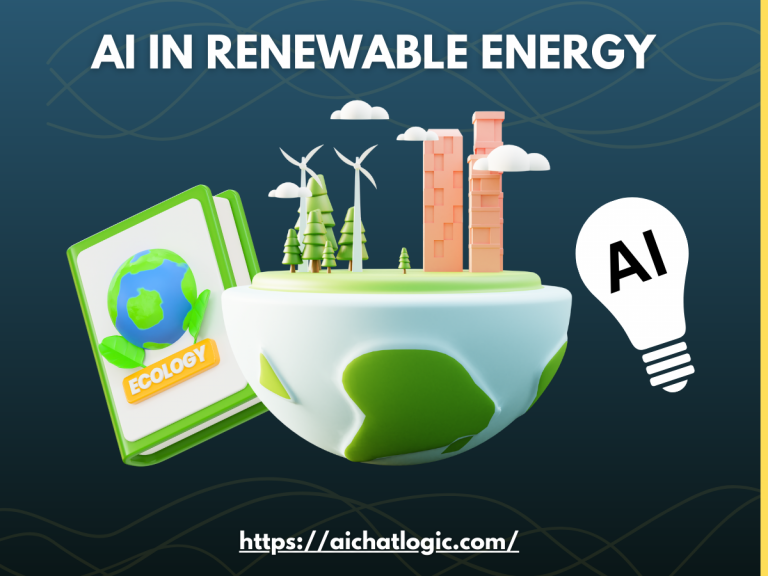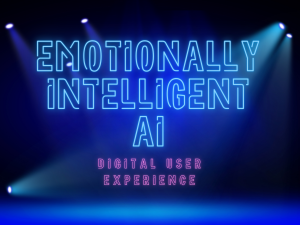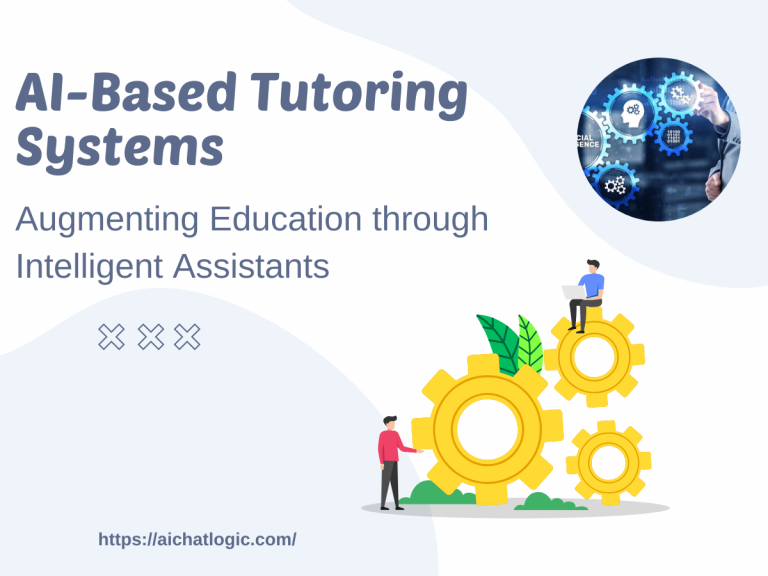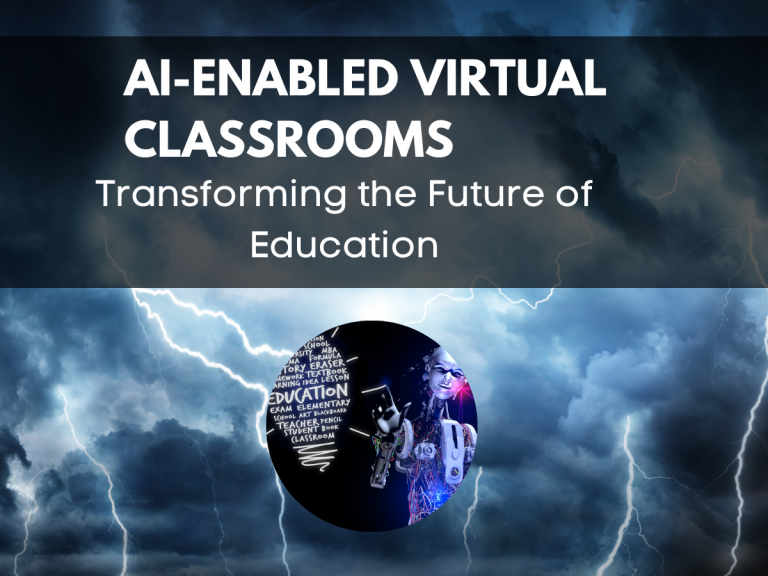1. Introduction:
Emotional intelligence (EI) refers to the ability to recognize, understand, and manage emotions effectively. It plays a vital role in human interactions, relationships, and overall well-being. Traditionally, developing emotional intelligence has relied on human guidance and personal experiences. However, with advancements in artificial intelligence (AI), a new era of AI-driven emotional intelligence has emerged, revolutionizing the way we perceive and navigate our emotions.
2. The Role of AI in Emotional Intelligence
AI technology has the potential to transform emotional intelligence by providing valuable insights, analysis, and support. Through the utilization of machine learning algorithms and deep neural networks, AI systems can process vast amounts of data, identify patterns, and learn from human behavior. This enables them to assist individuals in developing emotional awareness, empathy, and effective communication skills.
3. Enhancing Emotional Awareness and Recognition
3.1 AI-powered Facial Expression Analysis
One of the key areas where AI contributes to emotional intelligence is through facial expression analysis. By leveraging computer vision techniques, AI algorithms can accurately detect and interpret facial expressions, helping individuals gain insights into their own emotions and the emotions of others. This technology can be used in various contexts, such as therapy sessions, social interactions, and even job interviews.
3.2 Voice and Speech Pattern Recognition
AI-driven emotional intelligence also extends to analyzing voice and speech patterns. By analyzing tone, pitch, and other vocal cues, AI systems can infer emotional states and provide feedback. This can be particularly useful in fields like customer service, where understanding and responding to customer emotions are crucial for delivering excellent experiences.
4. AI-driven Empathy and Compassion
4.1 Virtual Emotional Companions
AI-powered virtual emotional companions are designed to provide emotional support and companionship. These companions can engage in conversations, offer empathetic responses, and provide a sense of companionship for individuals who may feel lonely or isolated. Virtual emotional companions can adapt and learn from each interaction, offering personalized support tailored to an individual’s emotional needs.
4.2 AI Chatbots for Emotional Support
AI chatbots equipped with emotional intelligence capabilities can offer valuable emotional support. These chatbots are trained to understand and respond to human emotions, providing a safe space for individuals to express themselves without judgment. They can offer guidance, coping strategies, and resources to manage emotional challenges, promoting mental well-being.
5. AI-assisted Communication and Conflict Resolution
5.1 Natural Language Processing for Effective Communication
AI’s natural language processing (NLP) capabilities can significantly improve communication by enhancing understanding and clarity. NLP algorithms can analyze text, identify sentiment, and suggest alternative phrasing to promote effective communication. This technology helps individuals express their emotions accurately, minimizing misunderstandings and fostering healthier relationships.
5.2 AI-powered Mediation and Conflict Management
AI can also facilitate conflict resolution by acting as a mediator. Through analysis of communication patterns, AI systems can identify areas of miscommunication and provide unbiased recommendations for resolving conflicts. This impartial perspective can help individuals find common ground and improve their ability to collaborate and interact positively.
6. Overcoming Social Barriers and Cultural Differences
6.1 Language Translation and Interpretation
Language barriers often hinder effective communication and understanding. AI-powered language translation and interpretation tools bridge this gap, enabling individuals from different linguistic backgrounds to communicate seamlessly. By promoting cross-cultural understanding, these tools foster empathy, strengthen relationships, and create opportunities for global collaboration.
6.2 Cultural Sensitivity and Understanding
AI-driven emotional intelligence also addresses cultural differences by promoting cultural sensitivity and understanding. AI algorithms are trained to recognize and respect cultural nuances, enabling individuals to communicate and interact with people from diverse backgrounds more effectively. This fosters inclusivity, reduces misunderstandings, and strengthens relationships across cultures.
7. Ethical Considerations and Privacy Concerns
While AI-driven emotional intelligence offers immense potential, it also raises ethical considerations and privacy concerns. It is crucial to ensure data security, informed consent, and transparency in AI systems. Safeguarding user privacy and maintaining the ethical use of AI technology are paramount to ensure its positive impact on human relationships.
8. The Future of AI-driven Emotional Intelligence
The future of AI-driven emotional intelligence holds great promise. As technology continues to advance, AI systems will become more sophisticated in understanding and responding to human emotions. The integration of AI in various aspects of human interaction, such as education, healthcare, and personal relationships, will create opportunities for enhanced emotional well-being and transformative relationships.
9. Conclusion
AI-driven emotional intelligence is transforming relationships and human interaction. Through AI-powered facial expression analysis, voice and speech pattern recognition, empathy-driven virtual companions, and improved communication, individuals can develop emotional awareness, enhance empathy, and navigate relationships more effectively. However, it is crucial to address ethical considerations and privacy concerns to ensure the responsible use of AI technology in emotional intelligence.
10. FAQs
1. How does AI-driven emotional intelligence work?
AI-driven emotional intelligence works by utilizing machine learning algorithms and deep neural networks to analyze data related to facial expressions, voice and speech patterns, and text communication. AI systems learn from this data to recognize emotions, provide feedback, and support individuals in developing emotional awareness and effective communication skills.
2. Can AI truly understand human emotions?
While AI systems cannot experience emotions themselves, they can analyze and interpret human emotions based on data patterns. Through facial expression analysis, voice and speech pattern recognition, and language processing, AI systems can make accurate inferences about human emotions and provide valuable insights and support.
3. Are there any risks associated with AI in emotional intelligence?
Like any technology, AI-driven emotional intelligence comes with risks. Privacy concerns, data security, and potential biases in AI algorithms are some of the key considerations. It is essential to address these risks and ensure ethical practices to safeguard user privacy and prevent misuse of personal data.
4. How can AI improve relationships?
AI can improve relationships by enhancing emotional awareness, facilitating effective communication, and providing emotional support. Through AI-powered tools and virtual companions, individuals can gain insights into their own emotions and those of others, express themselves more accurately, and receive guidance and support for managing emotions and resolving conflicts.
5. What is the future potential of AI-driven emotional intelligence?
The future potential of AI-driven emotional intelligence is vast. As technology advances, AI systems will become more sophisticated in understanding and responding to human emotions. AI will play an increasingly integral role in various aspects of human interaction, including education, healthcare, and personal relationships, empowering individuals to navigate emotions and relationships more effectively.












+ There are no comments
Add yours